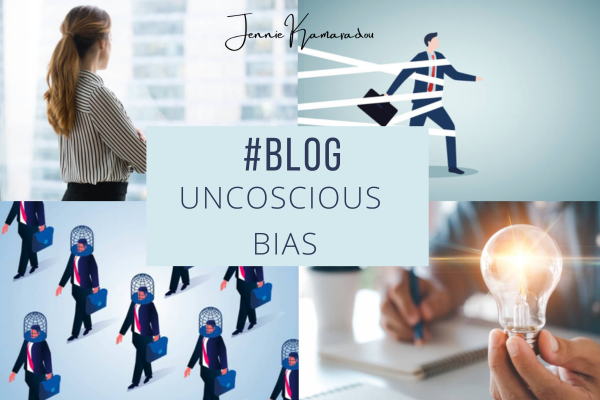Today’s article was written on the occasion of World Brain Day, which is on July 22 and is dedicated to the Unconscious Bias that are created in our brain, especially in our workplace.
When trying to explain the basic principles of how our brain works and guides our behavior, bias and especially unconscious bias is a good starting point. “If you have a brain, you are biased” is a very popular phrase and it is definitely true. Our brain uses biases to protect us but very often they seem to cause us a lot of problems as well especially in the workplace.
Definition
Unconscious bias refers to biases or prejudices that exist within individuals at an unconscious level and influence their attitudes, decisions, and actions. These biases are formed through socialization, cultural upbringing, and personal experiences. They are often automatic and unintentional, operating below the level of conscious awareness.
Consequences
Unconscious biases can manifest in various ways and affect our perceptions and judgments about different individuals or groups based on characteristics such as race, gender, age, appearance, or socioeconomic status. These biases can lead to unfair or discriminatory treatment, even when individuals consciously believe in equality and fairness.
Unconscious bias can have significant impacts on the workplace, affecting various aspects such as hiring, promotions, performance evaluations, collaboration, and overall workplace culture. Below there are some ways unconscious bias can impact the workplace.
Hiring & Promotion
Unconscious biases can influence the evaluation and selection process, leading to biased decisions based on factors like gender, race, or other protected characteristics. This can result in qualified candidates from underrepresented groups being overlooked, hindering diversity and inclusion efforts.
Performance Evaluation
Biases can affect how managers assess and evaluate employee performance. For example, the Halo Effect can lead to overrating certain employees based on personal preferences, while the Similarity Bias can result in rating individuals more positively if they share similar backgrounds or characteristics.
Stereotyping & Assumptions
Unconscious biases can lead to stereotyping individuals or making assumptions about their abilities, skills, or work preferences based on their demographic characteristics. This can result in unfair treatment, limited opportunities, or assignments that align with stereotypes rather than individual capabilities.
Team Dynamics & Collaboration
Unconscious biases can affect team dynamics by creating a lack of psychological safety and inclusion. When individuals feel their perspectives and ideas are undervalued or dismissed due to biases, it can hinder effective teamwork, creativity, and innovation.
Leadership Opportunities
Biases can impact access to leadership positions, with certain groups facing barriers due to assumptions and stereotypes. This can perpetuate a lack of diversity in leadership, limiting diverse perspectives and representation within decision-making processes.
Workforce Retention
Unconscious biases can contribute to feelings of exclusion and inequity, leading to lower job satisfaction, decreased engagement, and increased turnover rates, particularly among individuals who feel marginalized or undervalued.
Conclusion
To address the impact of unconscious bias in the workplace, organizations can implement strategies such as diversity training, fostering an inclusive culture, implementing unbiased performance evaluation processes, establishing diverse hiring panels, and promoting awareness and education around unconscious biases. By actively working to mitigate unconscious biases, organizations can create a more equitable and inclusive work environment that benefits both employees and the overall success of the company.
If you would like to learn more about occupational psychology and what it can offer for your business, please contact us or book a free meeting.
Do not forget to follow us on Facebook, Instagram and LinkedIn for more tips and information.


